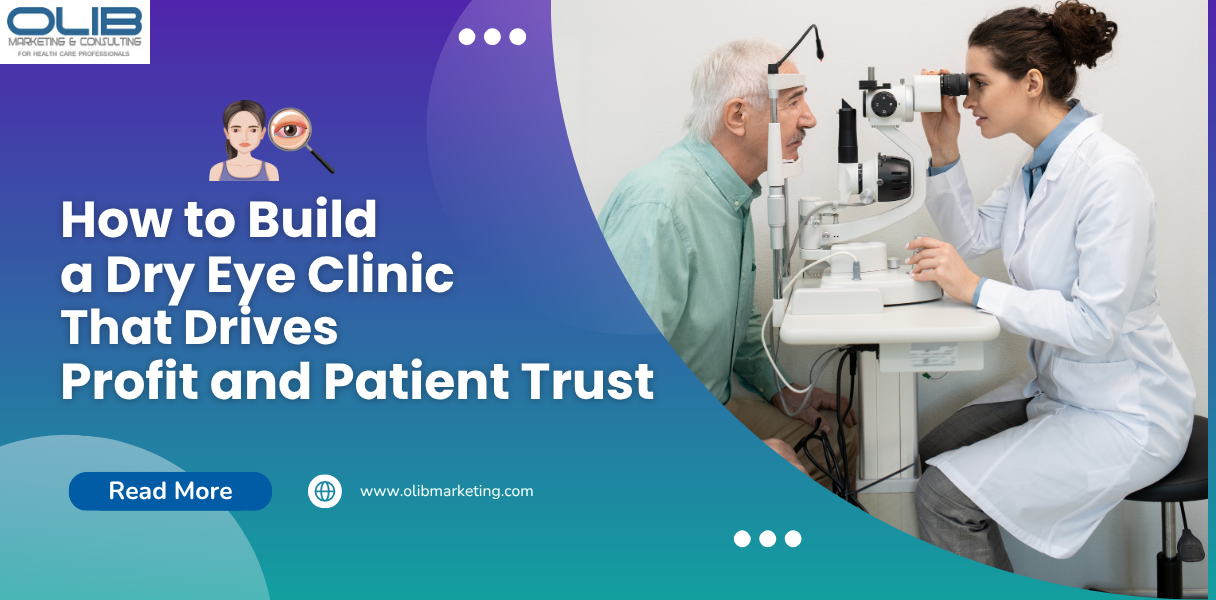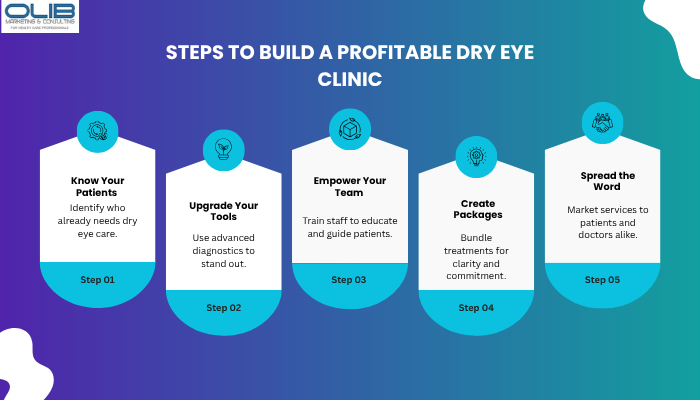Dry eye disease is one of the most underdiagnosed and undertreated conditions in eye care. At the same time, it’s one of the most significant growth opportunities for independent optometry practices. With the right systems in place, a dry eye clinic can deliver exceptional patient care while creating a consistent new revenue stream.
Step 1: Assess Your Patient Base
Studies show that nearly 30% of adults suffer from dry eye symptoms. Begin by identifying patients already in your chair who would benefit from testing and treatment.
Step 2: Invest in the Right Technology
Diagnostic tools like meibography, tear film analysis, and advanced imaging help detect and document dry eye more effectively than traditional slit-lamp exams. These technologies also differentiate your practice from big-box competitors.
Step 3: Train Your Team
Staff must be confident in explaining treatment options and presenting service fees. Consistent patient education increases acceptance rates and builds trust.
Step 4: Develop Service Packages
Bundling procedures, follow-up care, and products into packages makes treatment plans easier for patients to understand and commit to.
Step 5: Market Your Services
Educate your existing patients, partner with family doctors, and use targeted campaigns to raise awareness. Dry eye clinics are not just profitable—they improve quality of life for patients who may have been suffering in silence.
With the right strategy, dry eye services can quickly become one of the most rewarding aspects of your practice. OLIB Consulting can help you design, implement, and grow a dry eye clinic that improves patient care and adds a reliable revenue stream.




Comments are closed.